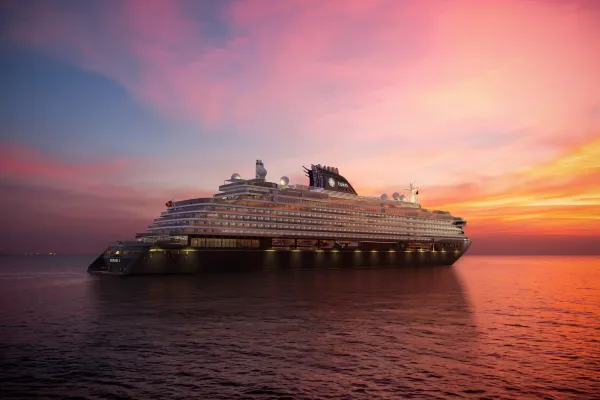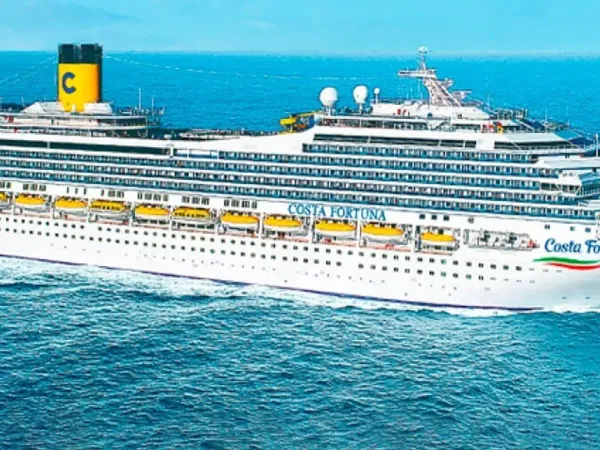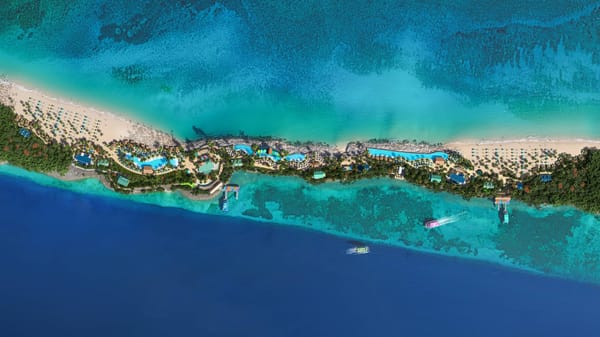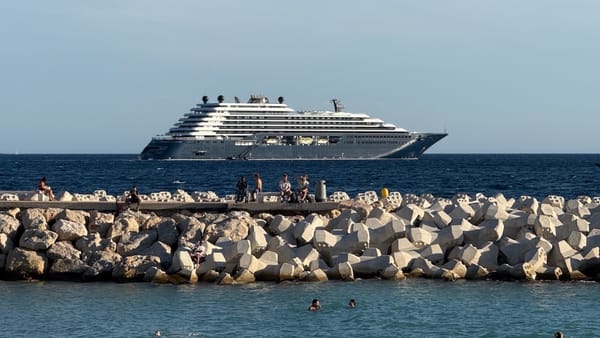Barcelona to Cap Cruise Ship Capacity and Terminals by 2030
Barcelona’s decision to limit cruise ship capacity reflects increasing pressure to manage urban crowds and pollution, aligning with similar sustainability efforts in major tourist destinations worldwide.
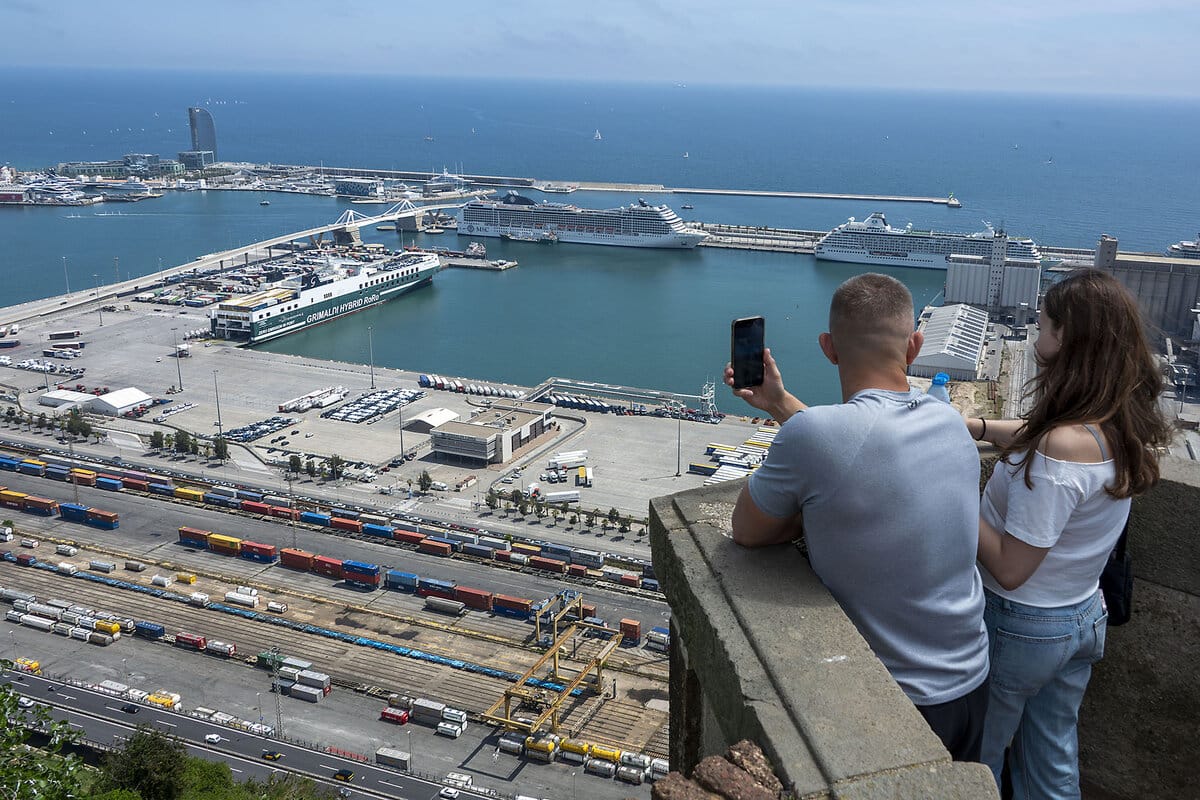
Barcelona, Europe’s busiest cruise port, is implementing a sweeping strategy to limit cruise ship capacity by 2030, addressing growing concerns about overtourism and environmental degradation. Under a landmark agreement between the city hall and the Barcelona Port Authority, the number of cruise terminals will be reduced from seven to five. This move will cap simultaneous passenger capacity from 37,000 to 31,000 as the city works to strike a balance between tourism benefits and sustainable urban living.
Overcrowding and Environmental Pressures
The decision comes amid surging post-pandemic cruise traffic. Between January and May 2024, Barcelona logged a 21% increase in cruise calls and a 20% rise in passenger volumes, reaching 1.2 million during that period. This sustained growth, following a 20% increase in cruise travelers from 2018 to 2024, has intensified crowding at major landmarks like La Sagrada Familia and further strained the city’s infrastructure. Residents have expressed frustration with tourists flooding central areas, with some locals describing peak cruise days as “a sea of people.”
Air pollution tied to cruise activity represents another pressing concern. A report by the European Federation for Transport and Environment found that ships operated by Carnival Corp. emitted 43% more sulfur oxides than all of Europe’s cars combined. In 2022, Barcelona ranked as Europe’s most polluted port city, with emissions from docked cruise ships nearly three times greater than those from the city’s vehicle traffic. Local activist group Stop Cruise Ships also reported nitrogen oxide levels at the docks five times higher than World Health Organization recommendations, compounding health and environmental worries.
Barcelona’s Capacity Reduction Strategy
Under the new plan, three terminals will be consolidated into a single facility, with priority given to cruise lines using Barcelona as a home port, an approach expected to encourage longer tourist stays and higher local spending. According to Mayor Jaume Collboni, this marks “the first time in history” Barcelona has imposed restrictions on cruise growth. The strategic shift is designed to reduce short day visits, which historically have contributed less to the local economy while exacerbating crowding and environmental stress.
Innovative Measures to Curb Emissions
To address pollution concerns, the port will install onshore power supply infrastructure, enabling ships to connect to the local electricity grid and turn off their engines while docked. This initiative aligns with European Union directives that require all maritime ports to adopt onshore power capabilities by 2030. The Barcelona Port Authority anticipates that these upgrades will significantly cut emissions from ships idling at berth, an improvement welcomed by residents and environmental advocates.
- Reduce terminals from seven to five by 2030.
- Consolidate three existing terminals into one.
- Install shore power infrastructure across all cruise berths.
- Prioritize home-port vessels to support longer stays and reduce short day trips.
Responses from the Cruise Industry
The Cruise Lines International Association (CLIA) has emphasized ongoing efforts to improve the environmental footprint of cruise operations. The industry has invested in liquefied natural gas (LNG)-powered ships and cleaner technologies, though critics remain skeptical. Some environmentalists argue LNG reduces sulfur and soot but releases methane, a potent greenhouse gas. Others criticize the continued reliance on heavy fuel oil and the use of “scrubbers,” systems that remove sulfur emissions but transfer pollutants into the sea.
Environmental advocates and researchers have called for more robust measures, such as taxing cruise operators to fund renewable energy construction at ports. Bryan Comer, a researcher with the International Council on Clean Transportation, remarked, “Cruising may be a luxurious way to travel, but it disproportionately harms the destinations it visits.”
Global Context and Precedents
Barcelona’s initiatives mirror similar actions taken by other global port cities grappling with cruise tourism’s impacts. Venice banned large cruise ships in 2021, leading to immediate improvements in air quality, though enforcement remains inconsistent. Cities like Amsterdam, Santorini, and Dubrovnik have also introduced restrictions or taxes to manage tourist volume and associated pollution. Barcelona’s measures are seen as part of a global trend toward balancing economic gains against environmental and social sustainability.
Implications for Tourism and Local Communities
While cruise tourism generates significant economic benefits, residents have voiced concerns over its disproportionate impact on local neighborhoods and resources. Activists argue that day-trippers who dine and sleep aboard ships contribute little to the local economy while consuming public infrastructure and exacerbating overcrowding. “Tourism is vital to Barcelona,” acknowledged Regina Rodríguez Sirvent, a local tour operator. “But we need the right kind of tourists, who respect the culture and contribute meaningfully.”
Industry projections suggest cruise passenger volumes will rise to 42 million globally by 2028, spurring calls to accelerate the industry’s adoption of sustainable technologies. However, observers like environmentalist Daniel Pardo Rivacoba remain unconvinced, dismissing the cruise industry’s sustainability claims as “greenwashing.”
Frequently Asked Questions (FAQs)
What changes is Barcelona implementing at its cruise port?
The city will reduce cruise terminals from seven to five, cap daily passenger capacity at 31,000, and prioritize home-port operations to encourage longer tourist stays. Additionally, onshore power systems will be installed to reduce docking emissions.
Why is Barcelona limiting cruise tourism?
Barcelona’s measures aim to address overtourism, protect cultural landmarks, and mitigate air pollution caused by increasing cruise traffic. Surging passenger numbers have overwhelmed local infrastructure and degraded air quality.
How does shore power reduce pollution?
Shore power allows ships to turn off their engines while docked, connecting instead to the local electricity grid. This significantly reduces emissions, including sulfur and nitrogen oxides, generated by idling ships.
What is the environmental impact of cruise ships in Barcelona?
According to studies, emissions from cruise ships in Barcelona exceed those from all the city’s vehicles combined. Airborne pollutants, including sulfur oxides and nitrogen oxides, have also been measured at levels harmful to human health and the environment.
Are LNG-powered ships a sustainable alternative?
LNG reduces soot and sulfur emissions compared to heavy fuel oil, improving local air quality. However, its production and use release methane, a greenhouse gas with significant global warming potential.

